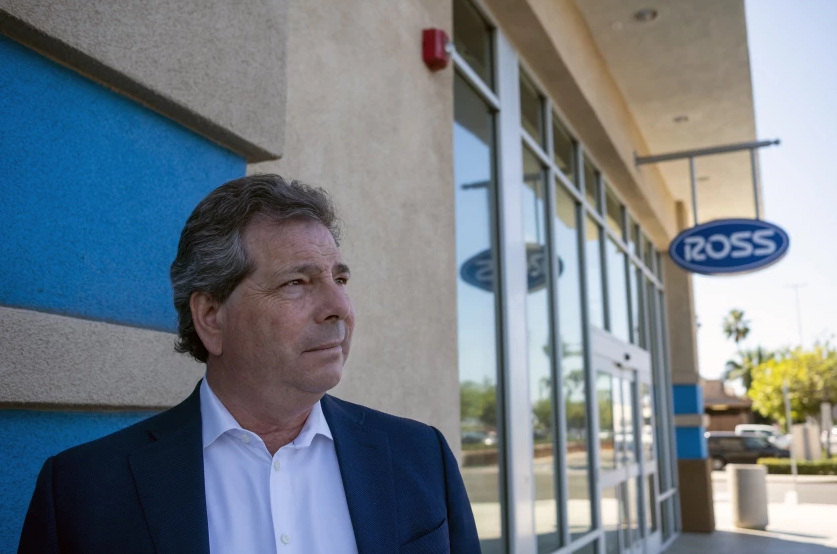
California’s job growth took a hit as the Delta variant spread
California’s job growth slowed last month, and its unemployment rate remained high as the state, still pummeled by the COVID-19 Delta variant, struggled to recover economic momentum.
Many workers were reluctant to return to their jobs because the virus was circulating in schools and businesses, or because they were looking for safer, better-paid and more flexible positions. Employers cut back on hiring as they failed to attract enough applicants and some customers shied away from patronizing indoor spaces.
“Earlier this year there was a lot of talk that the economy would come roaring back,” said Michael Bernick, a former head of the state’s Employment Development Department. “This was never realistic, given the slow return of small businesses, and the slow return of workers.”
California payrolls added 47,400 net new jobs last month for a total of 16.67 million. That was well below the 94,700 rise in August, or the 101,500 new positions the state averaged from February through September this year, state officials reported.
The Golden State has yet to recover more than a third of the 2.7 million jobs it lost when the pandemic hit in early 2020.
But U.S. employment growth was also weak last month, and California’s hiring accounted for nearly a quarter of the nation’s 194,000 overall jobs gain.
Along with Nevada, California had the highest unemployment rate in the nation in September, at 7.5%, unchanged from August. Both states are heavily reliant on international tourism, which has yet to return.
U.S. joblessness fell sharply to 4.8% last month from 5.2% the month before.
“The pandemic was traumatic for a lot of workers, especially mothers and people working in essential jobs,” said Mary Lopez, an Occidental College economist. “Job losses were steepest among Black and Hispanic women. Some people may still not be working due to unreliable and unaffordable childcare, low wages, and mismatches between skills and available jobs.”
In September, California’s coronavirus transmission rates had begun to decline after a summer surge fueled by the Delta variant. But deaths were still rising and hospitals in the Central Valley and rural northern California were overwhelmed with COVID-19 patients.
Now, to avoid a winter surge, more companies are imposing vaccine mandates on employees. And some counties are requiring businesses to check customers’ proof of vaccination before entering indoor spaces. Nonetheless, many Californians remain
hesitant to be vaccinated.
California’s labor force, which includes both workers and job seekers, rose by 30,500 in September to 19 million. The increase was “encouraging,” said Lynn Reaser, an economist at Point Loma Nazarene University in San Diego who attributed it to growing vaccination rates, children returning to school, and rising wages.
But she noted that the number of those working or seeking jobs remains below its pre-pandemic high by 420,000 people, or 2.2%.
Leisure and hospitality, which includes restaurants, hotels and entertainment venues, suffered the most of any sector during the pandemic, but is recovering. It added the highest number of positions last month, 23,300.
After COVID-19 hit last year, NewMark Merrill, a Woodland Hills firm with 65 California shopping centers, lost two-thirds of its 2.5 million weekly visitors.
The company and most of its 1,200 tenants, including restaurants, gyms and clothing stores, got federal Paycheck Protection Program loans. It renegotiated leases, deferring rent, and built 20 outdoor dining areas.
“It was scary,” said President and Chief Executive Sandy Sigal. “But the good news is, we’re back. We can’t pretend like this is over, but we think we’re on the right path.”
About 40 of his tenants permanently closed shop, but new businesses have replaced them. Foot traffic has returned to pre-pandemic levels.
In spite of the Delta variant, Sigal said: “People want to go outside. They want to shop. They want to socialize. They Swant human contact.”
From latimes.com. Click here to read the full article.
